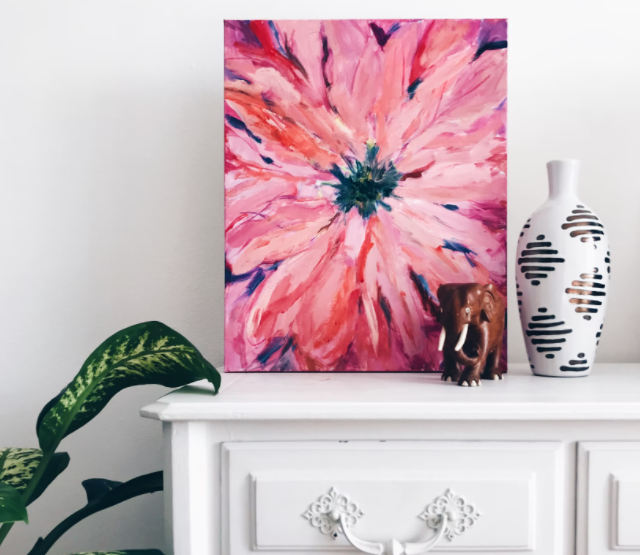The cold season is approaching as the demand for more energy consumption increases. While the heating and cooling system is working hard to keep your house cozy, their energy requirements also escalate.
Finding methods to save on electricity usage this winter can be challenging, but it’s possible by making some simple changes to your daily routine. By simply making some adjustments, you can cut your electricity bills significantly.
There are several ways to keep your house warm and conserve energy consumption during winter. Here are some of the most effective methods you may want to implement.
1. Change Your Filters Monthly
If you have a forced-air heating system, it’s best to change the filters monthly. One of the easiest things to save on energy this winter is changing the filters as scheduled.
When you use a dirty filter, it takes more energy for your furnace to heat your home. Additionally, you’ll have to clean the air ducts and vents much more often if they’re exposed to dirt and dust from a dirty filter. You can buy high-efficiency filters for a fraction of the cost. They might be more expensive to purchase up front, but they’ll save you money in the long run.
Moreover, you may want to check out your Heating, Ventilation, and Air Conditioning (HVAC) system to ensure it’s functioning correctly. This system has a vital role in getting your home ready for winter.
If there are any issues with your HVAC, then it’s best to contact a professional to make the necessary repairs. You may visit https://www.dmselectservices.com/boyce/ or any other website to find a reliable HVAC contractor in your area.
2. Adjust Your Water Heater Thermostat
One of the highest sources of energy consumption in the home is water heating. It takes longer for the water to heat up, and most people will turn the heater up higher. This means the water heater works overtime and consumes more energy than necessary.
Set the thermostat down on your water heater, just a few degrees, approximately 120 degrees Fahrenheit. You won’t even notice the difference in water temperature, but you could see a significant reduction in your monthly energy bill.
Another way to save energy on water heating is to install a timer on the heater. It’ll allow you to set a schedule for when the heater is on and when it’s off. This approach can be helpful during the colder months when you’re not home as often and don’t need the water heater running all day long.
3. Get Rid Of Air Leaks And Drafts
Air leaks and drafts can cause your home to lose heat and energy. If there are any cracks or openings around the windows, doors, or walls, then you should seal them up.
For instance, if your windows aren’t sealed correctly, it can cause air to escape from your home. This way, the cold air will come in, and it’ll be much harder for you to heat your house. The gap under your door can also disrupt how well-insulated your home is.
There are many ways to fix drafty areas where cold wind is coming in. If you have any cracks or openings, you can seal them up with caulk or weatherstripping. You might also want to install door sweeps at the bottom of your doors to keep the drafts out.
4. Use the Sun For Natural Light
Another way to help your home stay warm is by using the sun for natural light and heat. Open up the curtains and windows to allow the sun in during the day. The sun can provide a lot of heat, which will help to warm up your house.
In addition, take advantage of natural light whenever possible. It doesn’t require electrical lightings, which is an energy-consumption source. You can turn off your light fixtures when you’re not using them and try to utilize all the available daylight hours. This way, you’ll be able to make your home more comfortable while also conserving energy.
5. Keep Your Curtains Closed At Night
Keeping the curtains closed at night is one of the simplest ways to help your home stay warmer as windows can be a source of heat loss. They’re typically the weakest link in a home’s insulation. By keeping the curtains closed, you’re trapping the heat in and preventing it from escaping out the window.
However, if you don’t want to close the curtains, window treatments can help conserve energy. Thermal drapes might be the best option because they insulate your windows and keep the heat in. They’re a good choice if you want to keep the view out your window but still want to save energy.
Conclusion
While winter is coming, you don’t have to dread the cold weather. It may seem like a daunting task, but it’s much easier than you think. Make these guidelines a priority in this cold weather. Doing so will significantly reduce electricity consumption and save you money while being more comfortable in your home.



